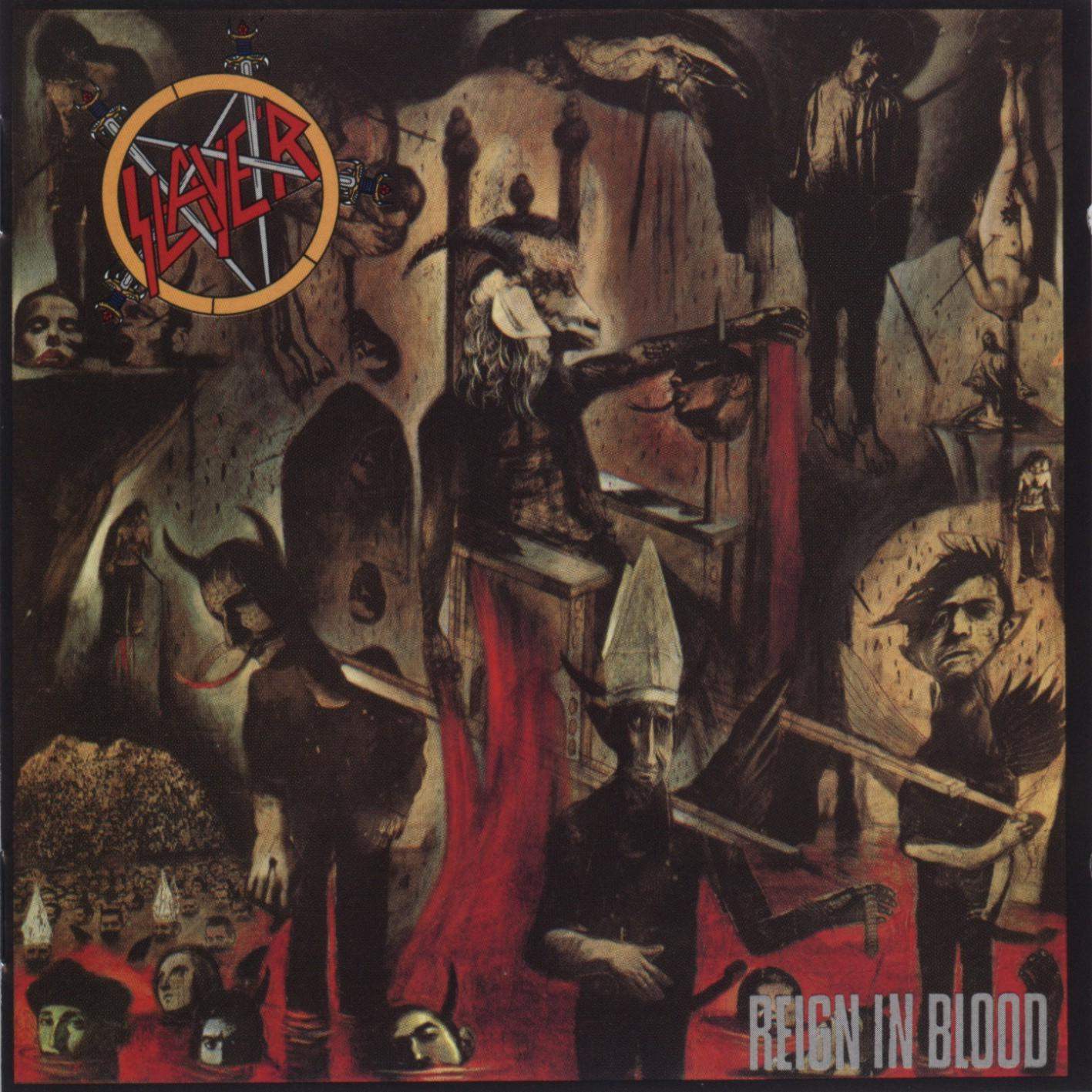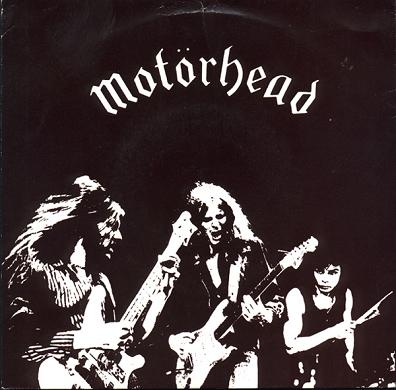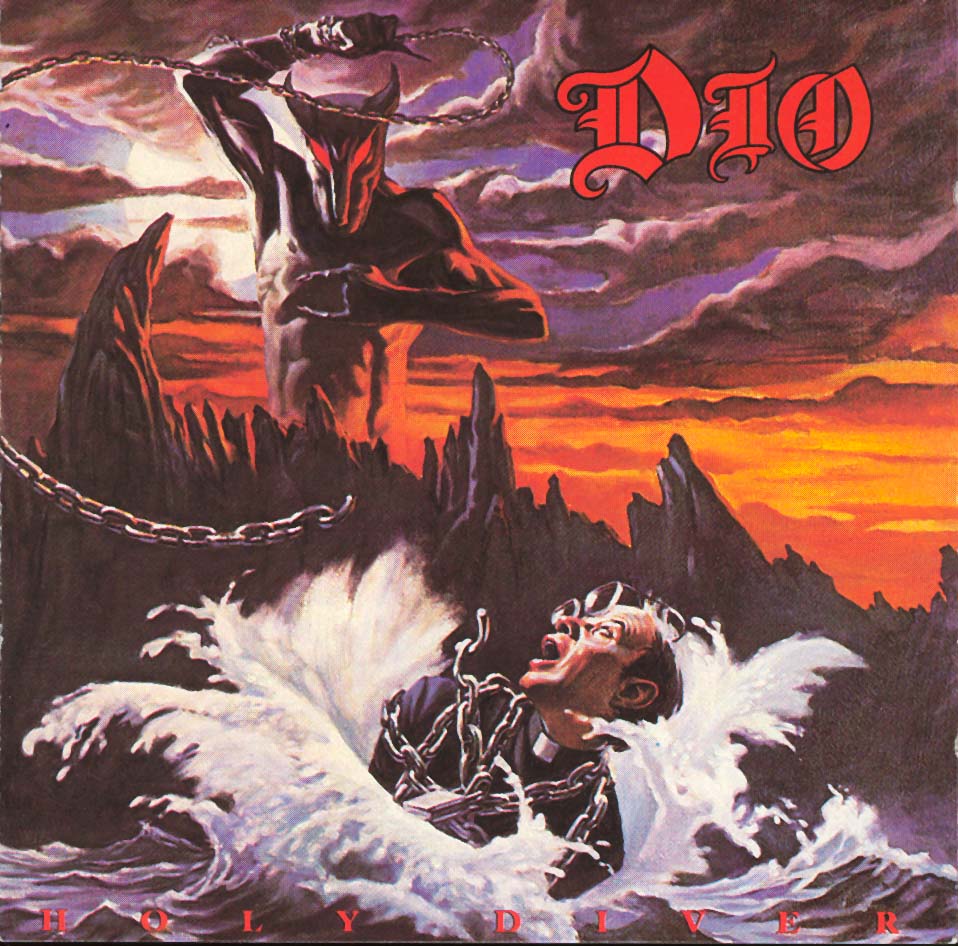Rambuchan
The Funky President
It's clear there are many music fanatics here in Civ Fanatics and that we all love talking about music. Something I haven't seen us talk about is the other great arts which goes into making records - graphic design - photography - ie. the cover art.
I read a lot of funk/jazz/hip-hop/reggae magazines, really nerdy ones, like Wax Poetics, which approach their love of music in quite academic terms. They cover the social unrest which artists came out of, what politics they mobilised with their music, the race dynamics behind the music, the economics which dictate the rise and fall of different genres, how music interrelates with other media such as film, photography and fashion. Music is afterall about a hell of a lot more than boy bands, hit singles and smilies.
smilies.
One regular feature Wax Poetics does is on "Cover Art". They interview a different graphic designer associatd with any given major record label and do a full run down of their style, influences, pressures and so on. This makes for some attractive and informative mag reading.
So let's indulge ourselves with some of our favourite cover art. I'm going to try and share some extra bits of info about certain important ones, I hope you'll give us some little indicators too. (I recommend you search your albums on Amazon and just grab the shots from there).
First up,
Isaac Hayes - Black Moses:

This opens out to show him standing in a full length robe with his arms outstretched, can't find a picture of that though sorry.
Background Notes:
The early history of black recording artists on cover art is not a happy one. I don't know the precise date but it was around the early 50s when a black artist's face was first allowed to appear on their own record. America had been jiving, boogying (sp?) and rocking away to the sounds of black artists for decades but the industry firmly took the view that a black face on a record cover would drive down sales.
Many argue that a similar dynamic remains today and this is why we have artists like Eminem, Joss Stone, Jamie Cullum and so on topping the charts ie. to make black music digestible for a white audience. Well that is unfortunately a sad reality, one we all hope the discerning listener can overcome.
Black Moses:
We must remember that Isaac Hayes was intrinsically rolled up with the Civil Rights movement. He largely recorded for Stax Records which is situated in Memphis, Tennessee. When Otis Redding was killed in a plane crash, Isaac Hayes was appointed the figurehead artist at Stax, and this was at a time when the Civil Rights movement reached its highest phase. Visit the Stax site in the link to see how they got involved. This album was both the calling card to America that Isaac Hayes had arrived as the Stax Ambassador, but it was also part of a wave of cover art which sought to 'iconise' black role models and reclaim positive, powerful images for the black community.
I found this write up quite good.
Significance of an artist's face:
You can pretty well judge the significance placed on an artist by a record label by how prominent their face is on the cover. You will find that those identified as 'flagship' artists generally have their face in large on the cover. You can see this in action on some other classic Stax records for Isaac Hayes:
"Hot Buttered Soul":

"To Be Continued..."

"The Isaac Hayes Movement"

And the title of this says a lot: "Branded"

I read a lot of funk/jazz/hip-hop/reggae magazines, really nerdy ones, like Wax Poetics, which approach their love of music in quite academic terms. They cover the social unrest which artists came out of, what politics they mobilised with their music, the race dynamics behind the music, the economics which dictate the rise and fall of different genres, how music interrelates with other media such as film, photography and fashion. Music is afterall about a hell of a lot more than boy bands, hit singles and
 smilies.
smilies.One regular feature Wax Poetics does is on "Cover Art". They interview a different graphic designer associatd with any given major record label and do a full run down of their style, influences, pressures and so on. This makes for some attractive and informative mag reading.
So let's indulge ourselves with some of our favourite cover art. I'm going to try and share some extra bits of info about certain important ones, I hope you'll give us some little indicators too. (I recommend you search your albums on Amazon and just grab the shots from there).
First up,
Isaac Hayes - Black Moses:

This opens out to show him standing in a full length robe with his arms outstretched, can't find a picture of that though sorry.
Background Notes:
The early history of black recording artists on cover art is not a happy one. I don't know the precise date but it was around the early 50s when a black artist's face was first allowed to appear on their own record. America had been jiving, boogying (sp?) and rocking away to the sounds of black artists for decades but the industry firmly took the view that a black face on a record cover would drive down sales.
Many argue that a similar dynamic remains today and this is why we have artists like Eminem, Joss Stone, Jamie Cullum and so on topping the charts ie. to make black music digestible for a white audience. Well that is unfortunately a sad reality, one we all hope the discerning listener can overcome.
Black Moses:
We must remember that Isaac Hayes was intrinsically rolled up with the Civil Rights movement. He largely recorded for Stax Records which is situated in Memphis, Tennessee. When Otis Redding was killed in a plane crash, Isaac Hayes was appointed the figurehead artist at Stax, and this was at a time when the Civil Rights movement reached its highest phase. Visit the Stax site in the link to see how they got involved. This album was both the calling card to America that Isaac Hayes had arrived as the Stax Ambassador, but it was also part of a wave of cover art which sought to 'iconise' black role models and reclaim positive, powerful images for the black community.
I found this write up quite good.
Significance of an artist's face:
You can pretty well judge the significance placed on an artist by a record label by how prominent their face is on the cover. You will find that those identified as 'flagship' artists generally have their face in large on the cover. You can see this in action on some other classic Stax records for Isaac Hayes:
"Hot Buttered Soul":

"To Be Continued..."

"The Isaac Hayes Movement"

And the title of this says a lot: "Branded"







































 .
.